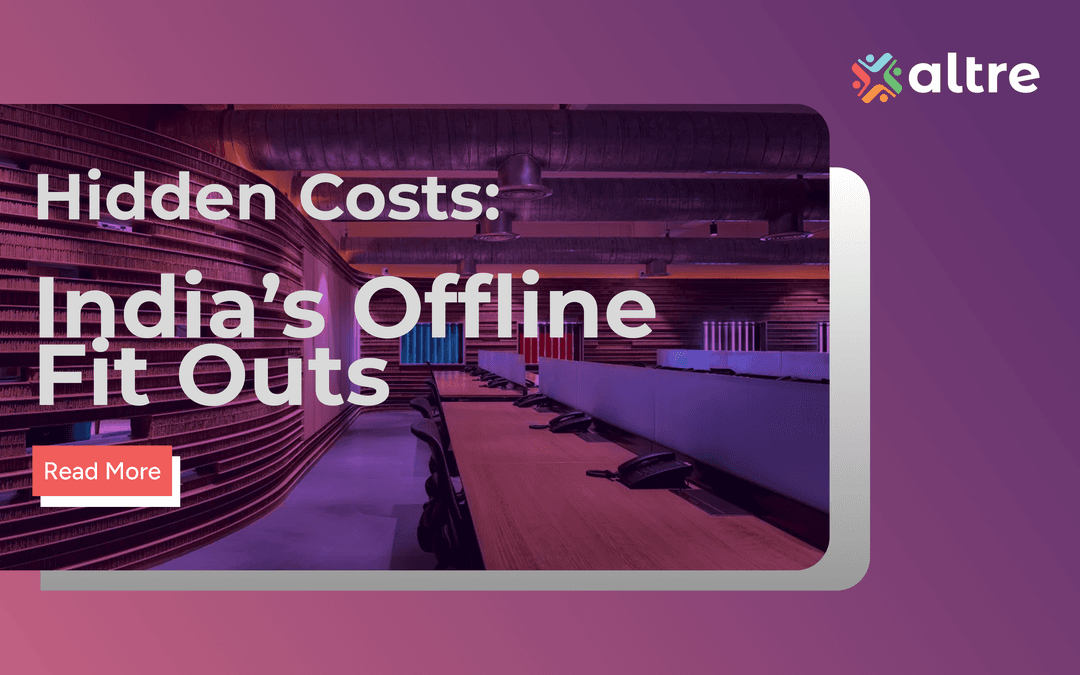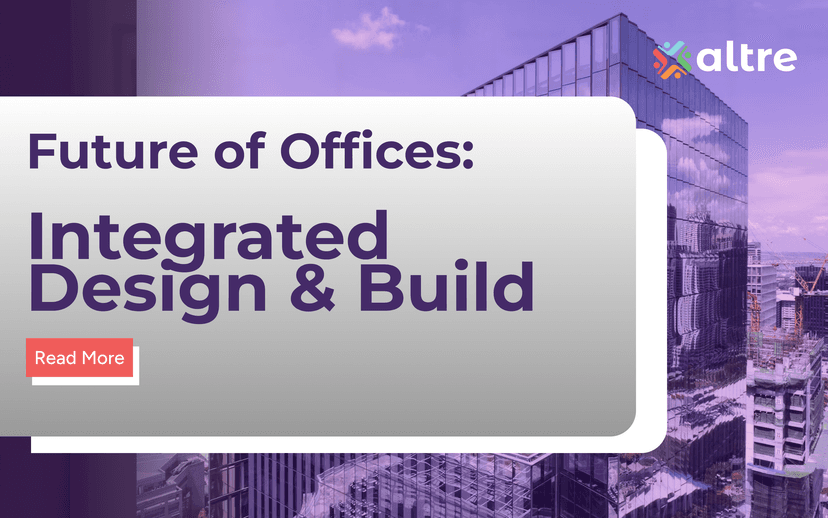
When we talk about office design, the conversation often stops at aesthetics: sleek layouts, Instagram-worthy breakout zones, and wellness rooms that look good in company newsletters. But the real disruption in workplace transformation is not happening in the design studio. It is hiding in plain sight, in the delivery of those workspaces.
Here is the uncomfortable truth: nearly 80% of India's interior fit-outs still operate through offline processes such as endless email threads, manually updated Bills of Quantities (BoQs), and fragmented vendor coordination, even as other industries embrace integrated, real-time digital workflows.
This is not a minor inconvenience. It is a cost, time, and trust crisis that silently drains budgets and derails business objectives.
The Hidden Costs of Staying Offline
Globally, up to 60 percent of construction projects face delays, according to OpticVyu research. India's fit-out sector mirrors this trend, where manual coordination, late design sign-offs, and sluggish vendor mobilization turn weeks into months. Each delay compounds. A three-week holdup in design approval cascades into procurement delays, which then push back installation, occupancy, and ultimately revenue generation.
India's tracked infrastructure projects run about 20 percent over budget on average, as highlighted in a study published in IJCRT. While these numbers come from public projects, the same coordination failures ripple into corporate interiors, leading to missed procurement windows, material price hikes, and costly redesigns. In environments where information flows slowly and decisions are siloed, overruns are inevitable.
Rework Devours Margins
According to PwC's global construction insights, better technology integration can reduce rework by up to 40 percent. Yet with most Indian fit-outs still running offline, this potential is left untapped. Design changes after procurement begins, miscommunications between vendors, and poorly tracked installation processes all lead to expensive fixes that quietly erode project margins.
In 2024, India's average office fit-out cost rose 4.5 percent year-on-year to ?5,788 per sq. ft. Every month of inefficiency inflates occupier budgets, turning “minor” delays into significant financial penalties.
Why Offline Still Dominates
- Fragmented Accountability
Designers, project management consultants (PMCs), contractors, and vendors all work with separate systems. Occupiers often chase updates across five different WhatsApp groups, trying to assemble a partial view of their own projects. With no single party holding full visibility, accountability slips through the cracks. - No Single Source of Truth
BoQs are often finalized late. Vendor bids typically arrive after design approval, locking in cost overruns before execution begins. Without real-time visibility into how design decisions affect budgets, occupiers are flying blind until it is too late. - Technology as Band-Aid, Not Solution
Many projects adopt isolated tools such as rendering software or procurement spreadsheets without integration. The process remains only as fast as its slowest link, which negates most of the potential efficiency gains from digitization.
The Strategic Price Occupiers Pay
The impact of offline delivery extends well beyond budget. In fast-moving sectors like Global Capability Centers (GCCs) and startups, a three to four-month delay in office readiness can derail hiring plans and product launches. Competitors who set up faster capture market advantage. Features that directly impact productivity such as daylight optimization, acoustic treatment, and indoor air quality can improve performance by up to 11 percent, according to Harvard research. Yet these features are often the first casualties of cost overruns, leaving workplaces less effective for employees.
A green-certified fit-out costs only 2–3 percent more upfront but reduces operating costs by 20–30 percent over its lifecycle, according to KPMG's real estate sustainability research. Many occupiers abandon certification when late-stage cost surprises appear, forcing them to choose between budgets and sustainability, a false trade-off created by poor project delivery.
What Tech-Integrated Delivery Unlocks
A comprehensive, client-facing technology platform can eliminate these inefficiencies by introducing:
- Real-Time Financial Transparency
Live BoQ and cost tracking systems let occupiers see the impact of every design change as it happens. Decisions can then be proactive rather than reactive. - Vendor Intelligence and Benchmarking
Transparent vendor comparison tools allow occupiers to evaluate partners on pricing, timelines, and past performance before awarding contracts. - Unified Communication Hub
When all stakeholders share a single dashboard and project timeline, the coordination overhead that typically consumes weeks simply disappears. - Proactive Procurement Management
Early procurement triggers help occupiers lock in material prices before inflation erodes margins. This shifts inflation from an uncontrollable risk to a managed variable.
The Competitive Imperative
With India's interior fit-out market projected to nearly double to $3.7 billion by 2032, staying offline is not just inefficient. It is a competitive liability. Occupiers who demand tech-first delivery are not simply buying faster project completion and tighter cost control. They are buying control over business outcomes: predictable delivery, faster occupancy, stronger employee experience, and embedded ESG integration.
The market will digitize. That is inevitable. The question is whether your organization will lead the shift and capture early advantages, or remain among the laggards paying premium prices for inferior outcomes. For now, the choice is still yours.


